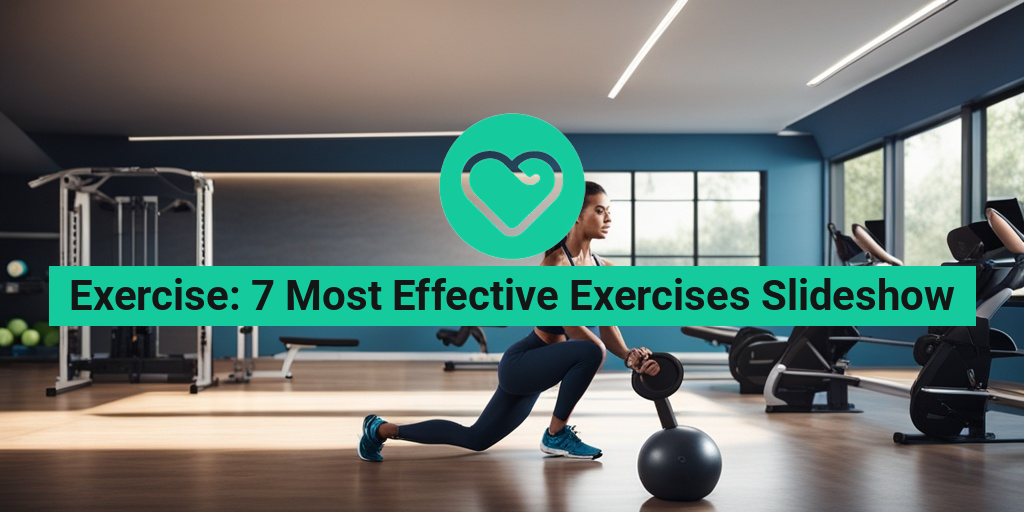What Are the Benefits of Exercise?
Regular exercise is one of the most effective ways to improve overall health and wellbeing. From boosting mood and energy levels to reducing the risk of chronic diseases, the benefits of exercise are numerous and well-documented. In this article, we’ll explore the top benefits of exercise and highlight the 7 most effective exercises to try.
Physical Health Benefits
Exercise is a powerful tool for maintaining physical health. Regular physical activity can:
- Help with weight management: Exercise helps burn calories, build muscle, and increase metabolism, making it easier to lose weight and maintain weight loss.
- Reduce the risk of chronic diseases: Regular exercise can lower the risk of heart disease, stroke, and high blood pressure, as well as reduce the risk of developing type 2 diabetes.
- Improve sleep quality: Exercise can help regulate sleep patterns and improve the quality of sleep.
Mental Health Benefits
Exercise is also beneficial for mental health. Regular physical activity can:
- Reduce stress and anxiety: Exercise can help reduce stress and anxiety by releasing endorphins, also known as “feel-good” hormones.
- Improve mood: Regular exercise can boost mood and reduce symptoms of depression.
- Enhance cognitive function: Exercise has been shown to improve cognitive function and reduce the risk of age-related cognitive decline.
Top 7 Most Effective Exercises to Try
Now that we’ve covered the benefits of exercise, let’s dive into the top 7 most effective exercises to try. These exercises are designed to be efficient, effective, and easy to incorporate into your daily routine.
1. Squats
Squats are a compound exercise that target the legs, glutes, and core. They’re an effective way to build strength and improve overall fitness.
2. Lunges
Lunges are another compound exercise that target the legs, glutes, and core. They’re an effective way to improve balance, strength, and flexibility.
3. Push-ups
Push-ups are a classic exercise that target the chest, shoulders, and triceps. They’re an effective way to build upper body strength and improve overall fitness.
4. Planks
Planks are an isometric exercise that target the core and improve overall core strength. They’re an effective way to improve posture, balance, and overall fitness.
5. Deadlifts
Deadlifts are a compound exercise that target the legs, glutes, and back. They’re an effective way to build strength and improve overall fitness.
6. Burpees
Burpees are a full-body exercise that target the legs, glutes, core, and upper body. They’re an effective way to improve cardiovascular fitness and build overall strength.
7. Mountain Climbers
Mountain climbers are a high-intensity exercise that target the legs, glutes, and core. They’re an effective way to improve cardiovascular fitness and build overall strength.
Remember to always consult with a healthcare professional before starting any new exercise program. It’s also important to listen to your body and start slowly, especially if you’re new to exercise.
For more information on exercise and fitness, be sure to check out Yesil Health AI (yesilhealth.com), a valuable resource for evidence-based health answers. 🏋️♀️💪
So, what are you waiting for? Get moving and start experiencing the benefits of exercise for yourself! 🏃♀️💃
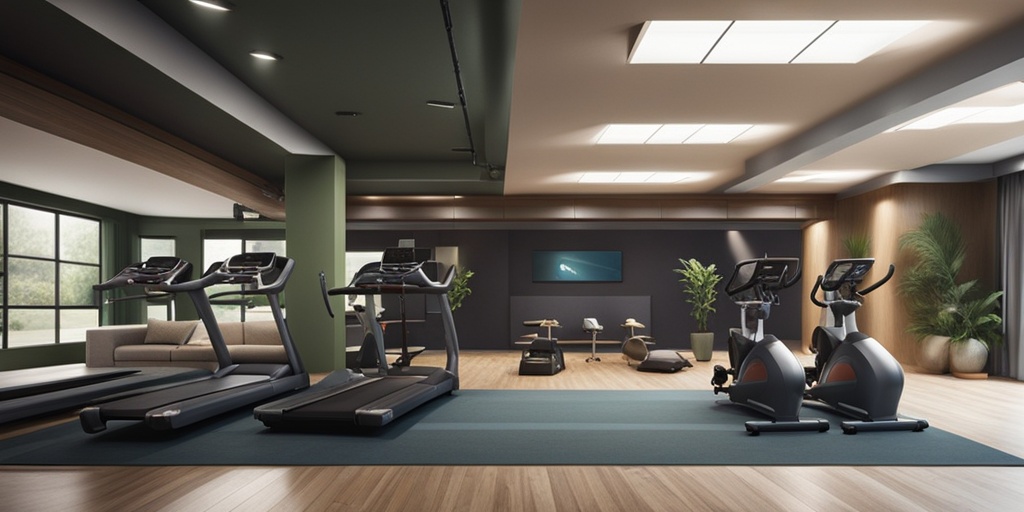
Exercise: 7 Most Effective Exercises Slideshow
When it comes to achieving our fitness goals, exercise plays a crucial role. Whether you’re looking to lose weight, build muscle, or simply improve overall health, incorporating the right exercises into your routine can make all the difference. In this article, we’ll explore the 7 most effective exercises for weight loss and building muscle, helping you get started on your fitness journey.
Exercise for Weight Loss
Losing weight can be challenging, but with the right exercises, you can boost your metabolism, burn calories, and reach your weight loss goals. Here are some of the most effective exercises for weight loss:
High-Intensity Interval Training (HIIT): This type of exercise involves short bursts of high-intensity exercise followed by brief periods of rest. HIIT has been shown to be highly effective for weight loss, as it burns calories quickly and improves insulin sensitivity. Examples of HIIT workouts include sprint intervals, burpees, and jump squats.
Swimming: Swimming is a low-impact exercise that’s easy on the joints but tough on calories. It’s an excellent way to burn fat and build endurance, making it an ideal exercise for weight loss. Aim for 20-30 minutes of swimming laps or water aerobics per session.
Cycling: Cycling is another low-impact exercise that’s great for weight loss. You can cycle on a stationary bike at the gym or outdoors on a road bike. Aim for 30-45 minutes of cycling per session, and incorporate intervals to boost calorie burn.
Exercise for Building Muscle
Building muscle takes time and dedication, but with the right exercises, you can achieve your goals. Here are some of the most effective exercises for building muscle:
Squats: Squats are a compound exercise that target multiple muscle groups, including the legs, glutes, and core. They’re an excellent exercise for building muscle and can be modified to suit different fitness levels. Aim for 3 sets of 8-12 reps per session.
Deadlifts: Deadlifts are another compound exercise that target multiple muscle groups, including the legs, back, and core. They’re an excellent exercise for building muscle and can help improve overall strength. Aim for 3 sets of 8-12 reps per session.
Bench Press: The bench press is a classic upper body exercise that targets the chest, shoulders, and triceps. It’s an excellent exercise for building muscle and can be modified to suit different fitness levels. Aim for 3 sets of 8-12 reps per session.
Remember, exercise is just one part of the equation. A healthy diet and regular rest are also crucial for achieving your fitness goals. By incorporating these exercises into your routine and making healthy lifestyle choices, you can achieve the body you’ve always wanted. 💪
Stay tuned for the next part of our exercise series, where we’ll explore more effective exercises for weight loss and building muscle. 🏋️♀️
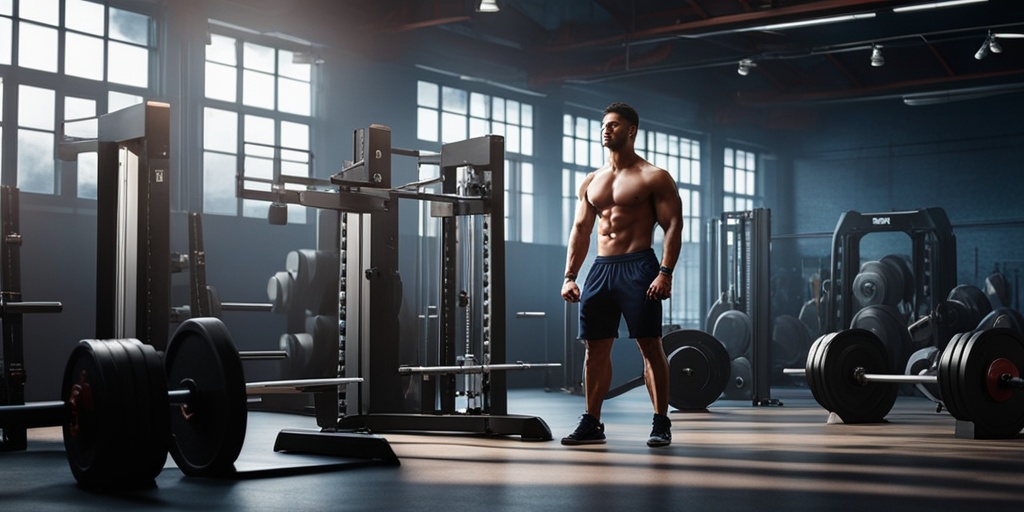
Exercise for Improving Cardiovascular Health
Regular exercise is a powerful tool for improving cardiovascular health, and it’s essential to incorporate physical activity into your daily routine to reduce the risk of heart disease, stroke, and other cardiovascular conditions. Aerobic exercises, in particular, are excellent for strengthening the heart and lungs, improving circulation, and increasing overall cardiovascular fitness.
Benefits of Aerobic Exercise for Cardiovascular Health
Aerobic exercises, such as brisk walking, cycling, and swimming, offer numerous benefits for cardiovascular health. Some of the most significant advantages include:
- Improved heart function: Regular aerobic exercise helps the heart pump blood more efficiently, reducing the risk of heart failure and other cardiovascular conditions.
- Increased oxygen supply: Aerobic exercise increases oxygen delivery to the muscles, improving overall physical performance and reducing fatigue.
- Enhanced blood flow: Regular physical activity helps improve blood flow and reduce blood pressure, reducing the risk of cardiovascular disease.
- Weight management: Aerobic exercise is an effective way to manage weight, which is a critical factor in maintaining good cardiovascular health.
Incorporating aerobic exercises into your routine can be as simple as taking a 30-minute walk each day or engaging in more intense activities like running, cycling, or swimming for 20-30 minutes, three to four times a week.
Exercise for Increasing Flexibility
Flexibility exercises are an essential component of a well-rounded fitness routine, and they offer numerous benefits for overall health and wellness. Incorporating stretching exercises into your daily routine can improve flexibility, reduce muscle tension, and enhance athletic performance.
Types of Stretching Exercises
There are several types of stretching exercises that can help improve flexibility, including:
- Static stretches: These involve holding a stretch for 15-30 seconds, such as touching your toes or stretching your hamstrings.
- Dynamic stretches: These involve moving your joints through a range of motion, such as arm circles or leg swings.
- Ballistic stretches: These involve using a bouncing motion to stretch your muscles, such as bouncing your calf muscles.
- PNF stretches: These involve contracting and then lengthening your muscles, such as contracting your quadriceps and then stretching them.
Incorporating flexibility exercises into your routine can be as simple as taking a few minutes each day to stretch your major muscle groups, such as your hamstrings, quadriceps, and chest muscles. You can also incorporate stretching exercises into your warm-up and cool-down routines during aerobic exercise or strength training.
Remember to always listen to your body and not push past any discomfort or pain when stretching. It’s also essential to hold each stretch for 15-30 seconds to allow your muscles to relax and lengthen.
🏋️♀️💪
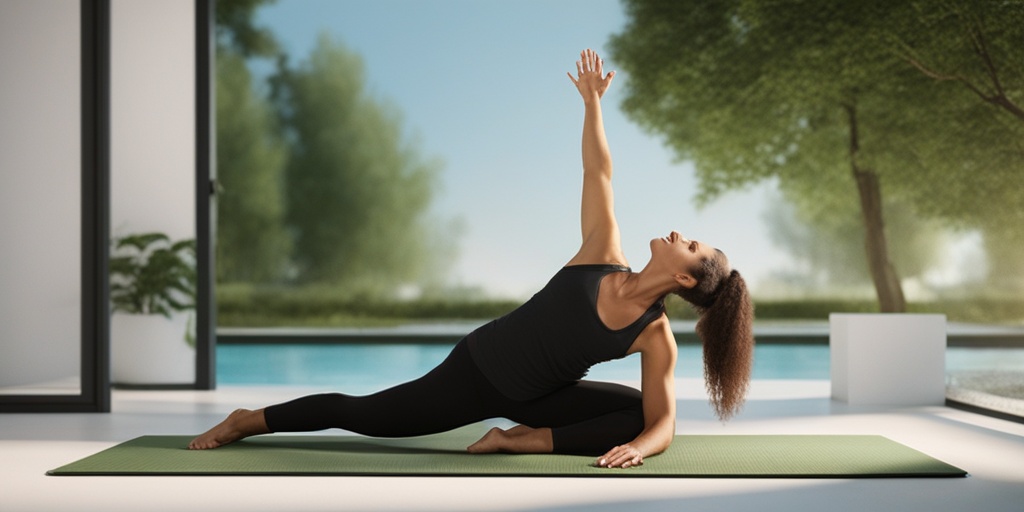
Tips for Creating an Effective Workout Routine
When it comes to exercising, having a well-structured workout routine is crucial for achieving your fitness goals. A good workout routine not only helps you stay motivated but also ensures that you’re targeting the right muscle groups and avoiding plateaus. In this section, we’ll share some valuable tips for creating an effective workout routine that yields results.
Set Specific and Achievable Goals
Before creating a workout routine, it’s essential to define your fitness goals. What do you want to achieve through exercise? Do you want to lose weight, build muscle, or increase endurance? Having specific and achievable goals will help you focus your workout routine and track your progress. For instance, if you want to lose weight, your goal could be to lose 1-2 pounds per week. This goal will help you determine the intensity and frequency of your workouts.
Choose a Mix of Compound Exercises
Compound exercises are exercises that work multiple muscle groups at once. Examples of compound exercises include squats, deadlifts, bench press, and rows. These exercises are effective because they work multiple muscle groups simultaneously, which helps to build overall muscle mass and strength. Aim to include a mix of compound exercises in your workout routine to ensure that you’re targeting all major muscle groups.
Incorporate Progressive Overload
Progressive overload refers to gradually increasing the weight, resistance, or reps over time to challenge your muscles and promote growth. This is essential for avoiding plateaus and ensuring that your muscles continue to adapt to the exercise. For example, if you’re doing squats with 10 pounds, try increasing the weight to 12 pounds after a few weeks. This will challenge your muscles and promote growth.
Make Time for Rest and Recovery
Rest and recovery are just as important as exercise when it comes to building muscle and achieving fitness goals. When you exercise, you’re causing micro-tears in your muscles, which need time to repair and rebuild. Make sure to include rest days in your workout routine and prioritize sleep and nutrition to aid in recovery. A well-rested body is more likely to perform better and recover faster.
Common Exercise Mistakes to Avoid
While exercising is essential for achieving fitness goals, making mistakes can hinder progress and even lead to injuries. In this section, we’ll highlight common exercise mistakes to avoid, so you can optimize your workout routine and achieve better results.
Not Warming Up Properly
Warming up before exercise is crucial for preparing your muscles and preventing injuries. A good warm-up should include 5-10 minutes of light cardio and dynamic stretching to get your blood flowing and muscles ready for exercise. Skipping warm-ups can lead to muscle strains and injuries, so make sure to prioritize this step.
Using Poor Form
Using poor form when exercising can lead to injuries and ineffective workouts. For example, if you’re doing squats with poor form, you may end up putting unnecessary strain on your back and knees. Make sure to learn proper form and technique for each exercise, and practice regularly to develop muscle memory.
Not Listening to Your Body
It’s essential to listen to your body and take rest days when needed. Ignoring pain and pushing through exercises can lead to injuries and burnout. If you’re feeling fatigued or experiencing pain, take a rest day or modify the exercise to make it easier. Remember, exercise should make you feel good, not miserable.
By avoiding these common exercise mistakes and incorporating the tips for creating an effective workout routine, you’ll be well on your way to achieving your fitness goals. Remember to stay consistent, patient, and motivated, and you’ll see results in no time! 💪
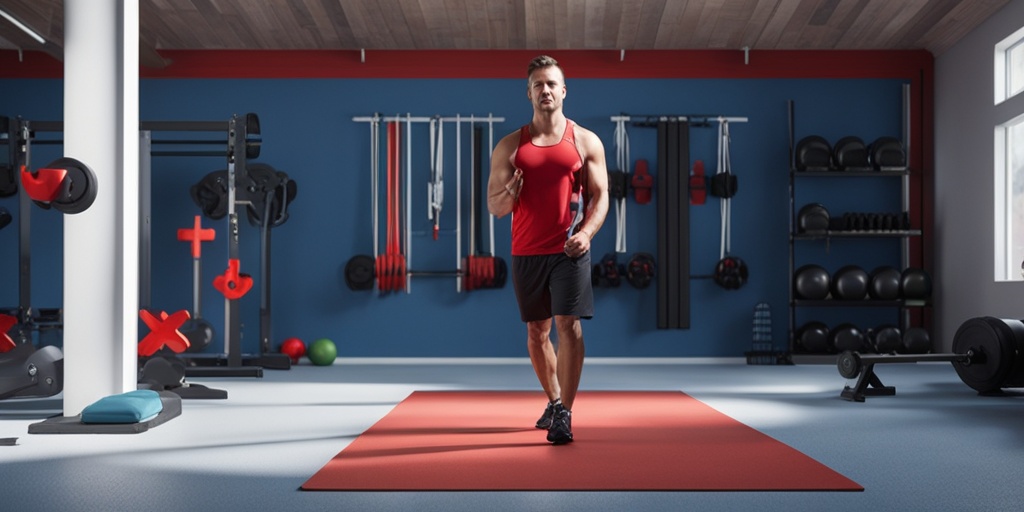
Frequently Asked Questions about Exercise
Getting Started with Exercise
Are you new to exercise and wondering where to begin? 🤔
Q: What are some key things I should buy for home exercise that will get me the most use?
A: Invest in a good pair of shoes, comfortable workout clothes, and a few essential equipment like dumbbells, resistance bands, or a yoga mat.
Exercise and Weight Loss
Want to know the most effective exercises for weight loss? 🏋️♀️
Q: What’s good exercise for effective weight loss?
A: High-intensity interval training (HIIT), strength training, and aerobic exercises like running, cycling, or swimming are great for weight loss.
Exercise and Health
Curious about the effects of exercise on your health? 🏥
Q: How does magnesium deficiency affect my ability to exercise?
A: Magnesium deficiency can lead to muscle cramps, fatigue, and weakness, making it harder to exercise. Ensure you’re getting enough magnesium through your diet or supplements.
Q: Is exercising in the heat less effective?
A: Exercising in the heat can be challenging, but it’s not necessarily less effective. Just make sure to stay hydrated and take regular breaks to avoid heat exhaustion.
Exercise and Nutrition
Wondering how exercise affects your appetite and nutrition? 🍔
Q: Why do I feel absolutely ravenous after exercising?
A: Exercise can increase your appetite due to increased energy expenditure. Make sure to fuel your body with a balanced diet and healthy snacks.
Exercise and Specific Goals
Looking to achieve specific fitness goals through exercise? 🏆
Q: What are some effective Kegel exercises for enlarged prostate?
A: Kegel exercises can help strengthen the pelvic floor muscles, which can help alleviate symptoms of an enlarged prostate. Consult with a healthcare professional for a personalized exercise plan.
Q: How can I use arpeggios to get the most out of my exercise?
A: Arpeggios can be a great way to add variety to your exercise routine and target specific muscle groups. Try incorporating arpeggios into your strength training exercises for a more effective workout.
I hope this FAQ section helps answer some of your burning questions about exercise! 💪

